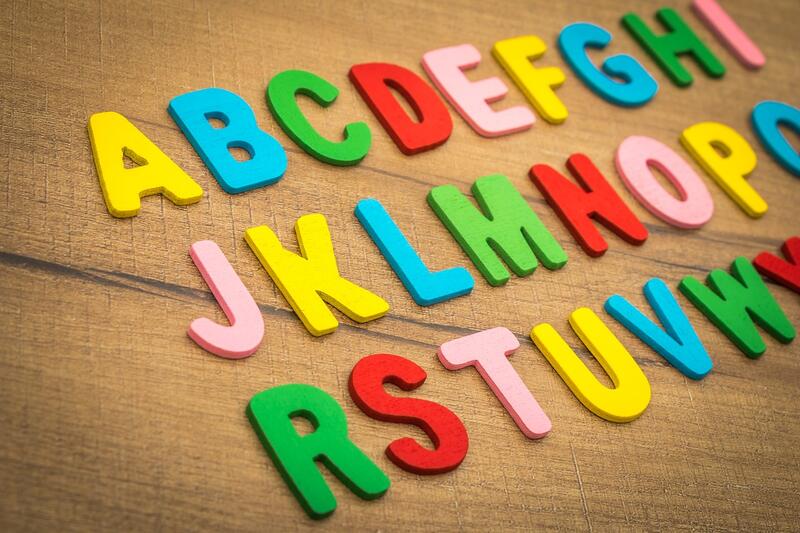Nurturing Sustainability: Approaches to Decarbonize Primary education
This article explores various approaches to decarbonizing primary education in order to promote sustainability and create a more environmentally-conscious future generation.

Introduction
Decarbonisation is the process of reducing or eliminating carbon emissions from various sectors to mitigate climate change and achieve sustainable development goals. The primary education sector is one of the critical areas that require decarbonisation to ensure a safe and healthy environment for learners, teachers, and staff. This article aims to explore the importance of decarbonisation in the primary education sector, identify the main sources of carbon emissions, discuss the strategies to reduce carbon emissions, highlight the challenges facing decarbonisation, and examine the implications of decarbonisation for primary education.
Importance of Decarbonisation in Primary Education Sector
The primary education sector is a significant contributor to carbon emissions due to its energy consumption, transportation, and waste management practices. According to the International Energy Agency (IEA), the education sector accounts for 8% of global carbon emissions, with primary education contributing to a significant portion of these emissions (IEA, 2019). Therefore, decarbonisation is essential to reduce the carbon footprint of primary education and promote sustainable practices that align with the Paris Agreement's goals.
Decarbonisation in primary education is vital for several reasons. Firstly, it promotes environmental sustainability by reducing carbon emissions and mitigating climate change. Climate change has adverse effects on the environment, such as rising sea levels, extreme weather events, and loss of biodiversity, which can negatively impact the health and well-being of learners and staff. Secondly, decarbonisation enhances energy efficiency and reduces energy costs, which can save schools and families money in the long run. Thirdly, it promotes sustainable practices that can educate learners on environmental stewardship and encourage them to adopt sustainable habits in their daily lives.
Sources of Carbon Emissions in Primary Education Sector
The primary education sector generates carbon emissions from various sources, including energy consumption, transportation, and waste management practices. The main sources of carbon emissions in primary education include:
- Energy Consumption: The primary education sector consumes a significant amount of energy for lighting, heating, cooling, and electronic devices. This energy consumption generates carbon emissions, mainly from the use of fossil fuels such as coal, oil, and natural gas.
- Transportation: The transportation of learners and staff to and from school generates carbon emissions from the use of private vehicles, buses, and other modes of transportation.
- Waste Management: The disposal of waste generated in schools, such as paper, plastic, and food waste, contributes to carbon emissions from landfill sites and incineration.
Strategies to Reduce Carbon Emissions in Primary Education Sector
Several strategies can be implemented to reduce carbon emissions in the primary education sector. These strategies include:
- Renewable Energy: Schools can switch to renewable energy sources such as solar, wind, and geothermal energy to reduce their reliance on fossil fuels and lower their carbon footprint.
- Energy Efficiency: Schools can improve their energy efficiency by using energy-efficient lighting, heating, and cooling systems, and reducing energy consumption during off-peak hours.
- Sustainable Transportation: Schools can promote sustainable transportation modes such as walking, cycling, and public transportation to reduce carbon emissions from private vehicles.
- Waste Reduction: Schools can reduce waste generation by promoting recycling, composting, and reducing paper usage.
- Green Building Design: Schools can adopt green building design practices that promote energy efficiency, natural lighting, and ventilation, and reduce the carbon footprint of the building.
Challenges Facing Decarbonisation in Primary Education Sector
Despite the importance of decarbonisation in the primary education sector, several challenges hinder its implementation. These challenges include:
- Lack of Funding: Decarbonisation requires significant investments in renewable energy, energy-efficient technologies, and sustainable practices, which may be beyond the financial capacity of some schools.
- Resistance to Change: Some schools may be resistant to change and may not be willing to adopt sustainable practices due to the perceived inconvenience or lack of awareness.
- Limited Expertise: Schools may lack the expertise and knowledge to implement sustainable practices and may require external support to achieve decarbonisation.
- Regulatory Barriers: Some regulatory barriers may hinder the implementation of sustainable practices, such as zoning laws that prohibit the installation of renewable energy systems.
Implications of Decarbonisation for Primary Education Sector
Decarbonisation has several implications for the primary education sector. Firstly, it promotes environmental sustainability and aligns with the United Nations Sustainable Development Goals, which aim to promote sustainable practices and mitigate climate change. Secondly, it enhances the learning environment by promoting energy efficiency, reducing pollution, and improving air quality, which can positively impact the health and well-being of learners and staff. Thirdly, it promotes innovation and technological advancements in renewable energy, energy-efficient technologies, and sustainable practices, which can create new job opportunities and stimulate economic growth.
Conclusion
In conclusion, decarbonisation is essential in the primary education sector to promote environmental sustainability, reduce carbon emissions, and mitigate climate change. The primary education sector generates carbon emissions from various sources, including energy consumption, transportation, and waste management practices. Strategies such as renewable energy, energy efficiency, sustainable transportation, waste reduction, and green building design can be implemented to reduce carbon emissions in primary education. However, several challenges such as lack of funding, resistance to change, limited expertise, and regulatory barriers hinder the implementation of decarbonisation. Decarbonisation has several implications for the primary education sector, including promoting environmental sustainability, enhancing the learning environment, and promoting innovation and technological advancements.